New Delhi: Occurring in the middle of the coronavirus pandemic, Ramzan this year looks nothing like it has before.
Social distancing has prevented people from coming together like they would have normally, while the economic hardship due to loss of jobs and salary cuts has left families struggling.
At the Rohingya refugee camp near Okhla in the national capital, the situation feels even more bleak as people say the lockdown has limited access to essentials required during Ramzan.
Since they can’t always go to shops to buy fruits, dates and Rooh Afza — the typical Iftar meal eaten to break the day’s fast — people depend on carts that come to the camp. However, these are usually more expensive than local markets, making them unaffordable for the refugees.
The small mosque built within the camp has been shut to prevent transmission of the SARS-CoV-2 virus that causes Covid-19. Instead, people now offer namaz at home.
ThePrint, which was at the camp during an Iftar, brings you snapshots from the lives of the refugees.
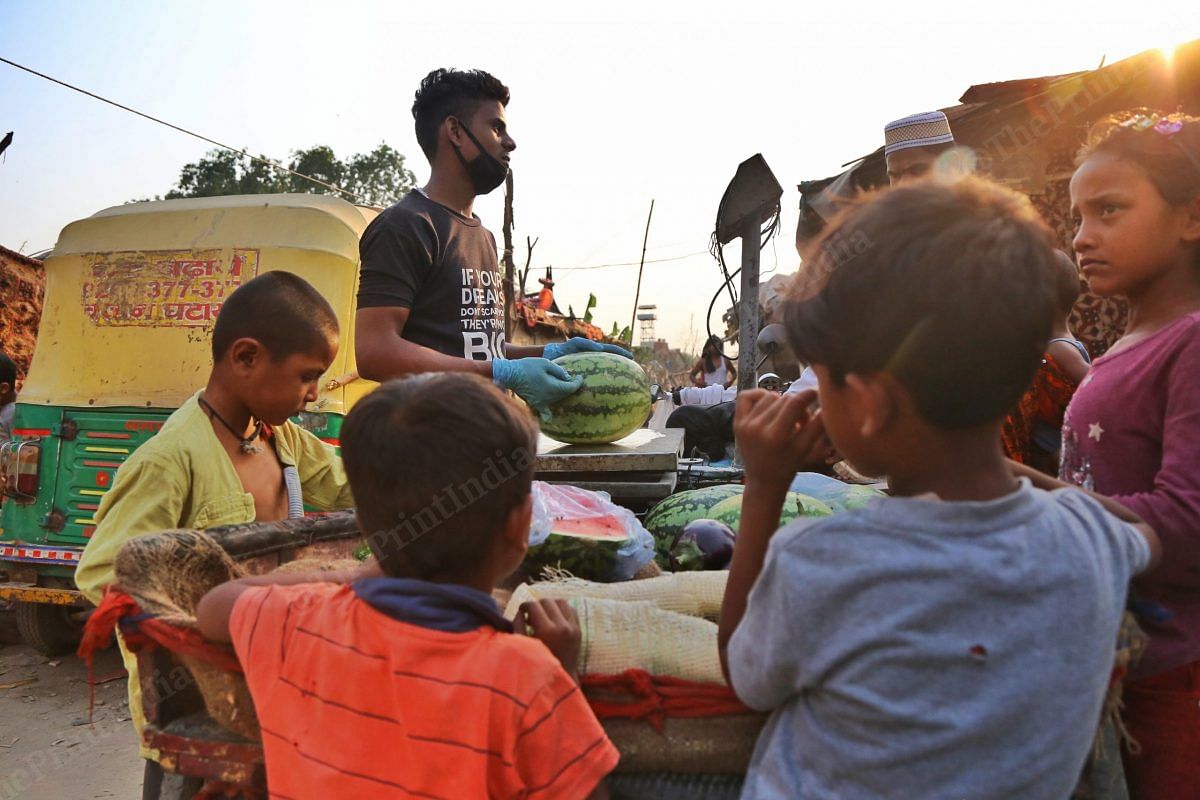
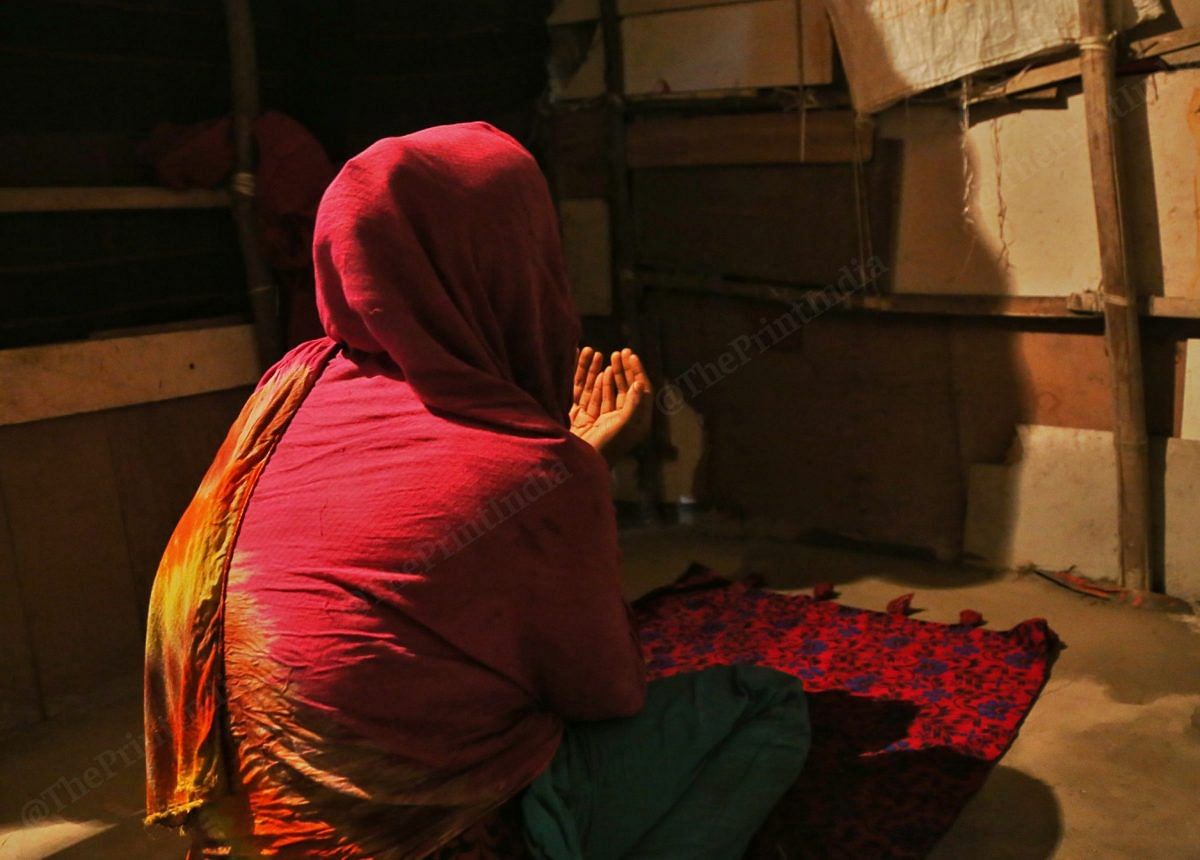
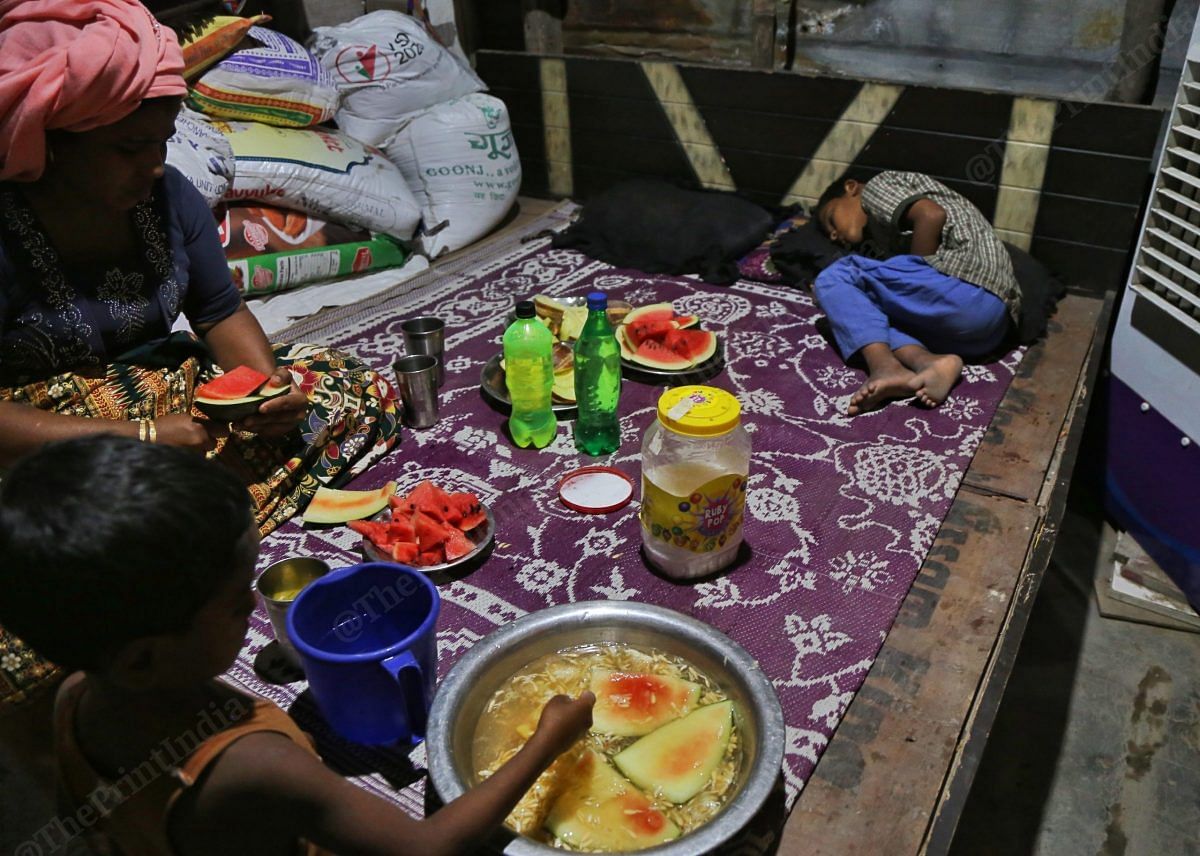
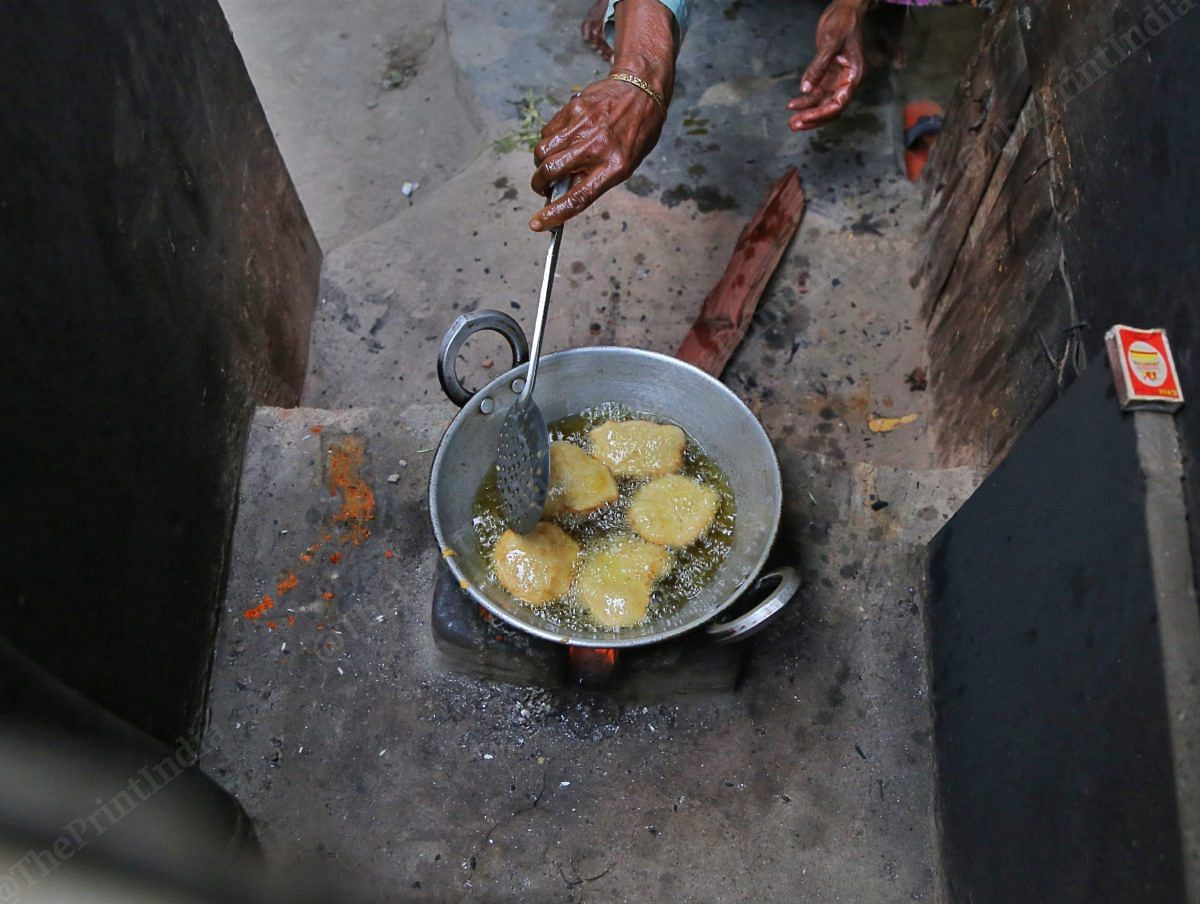
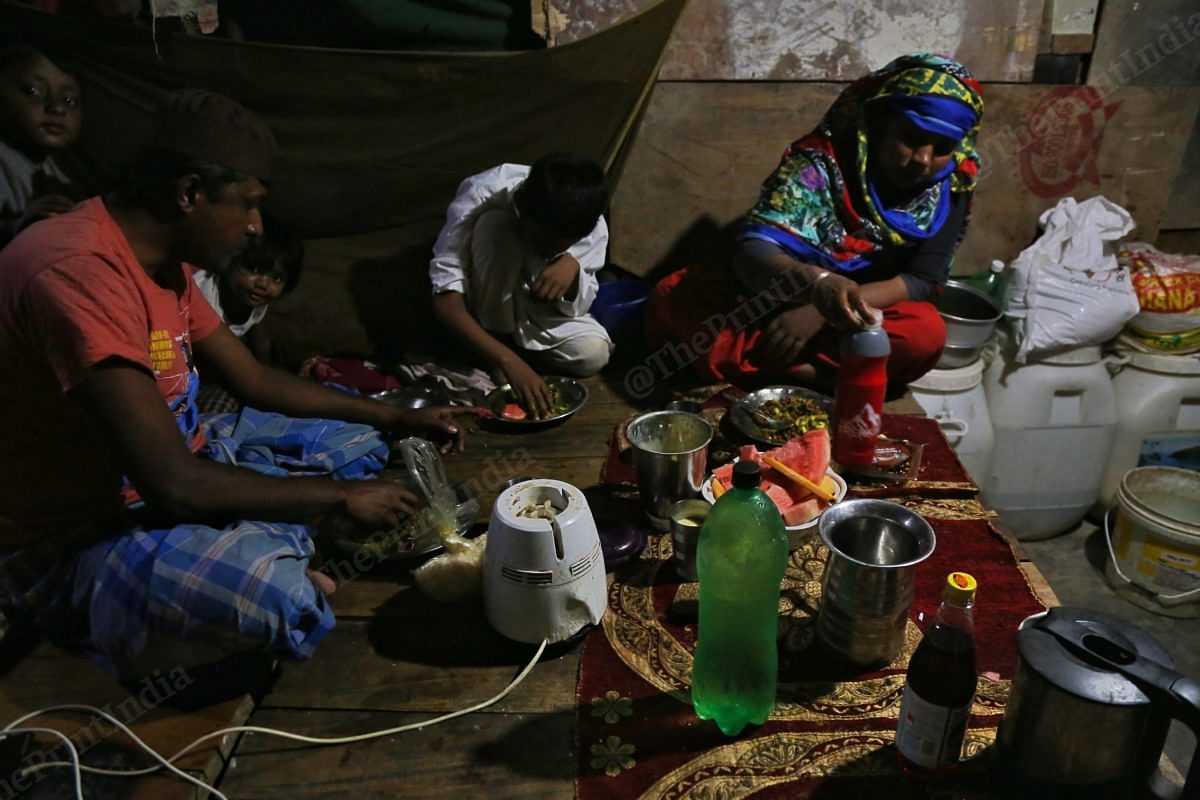
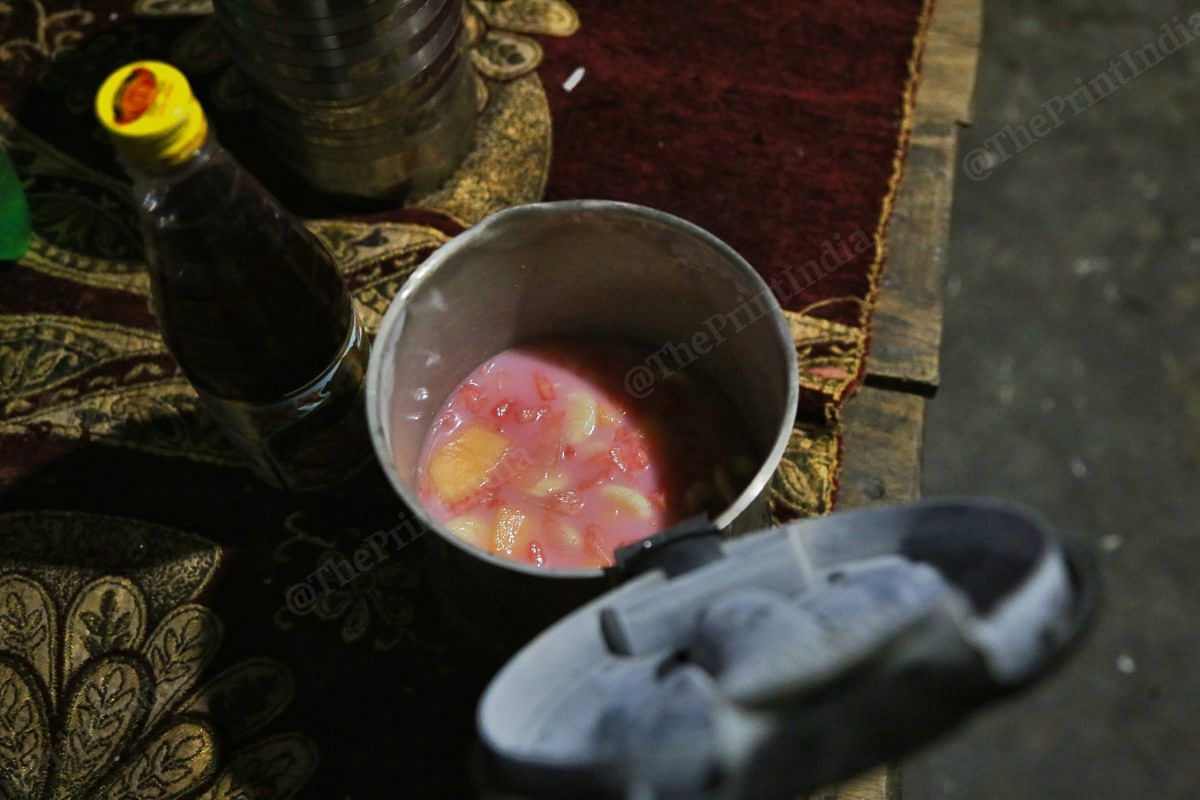
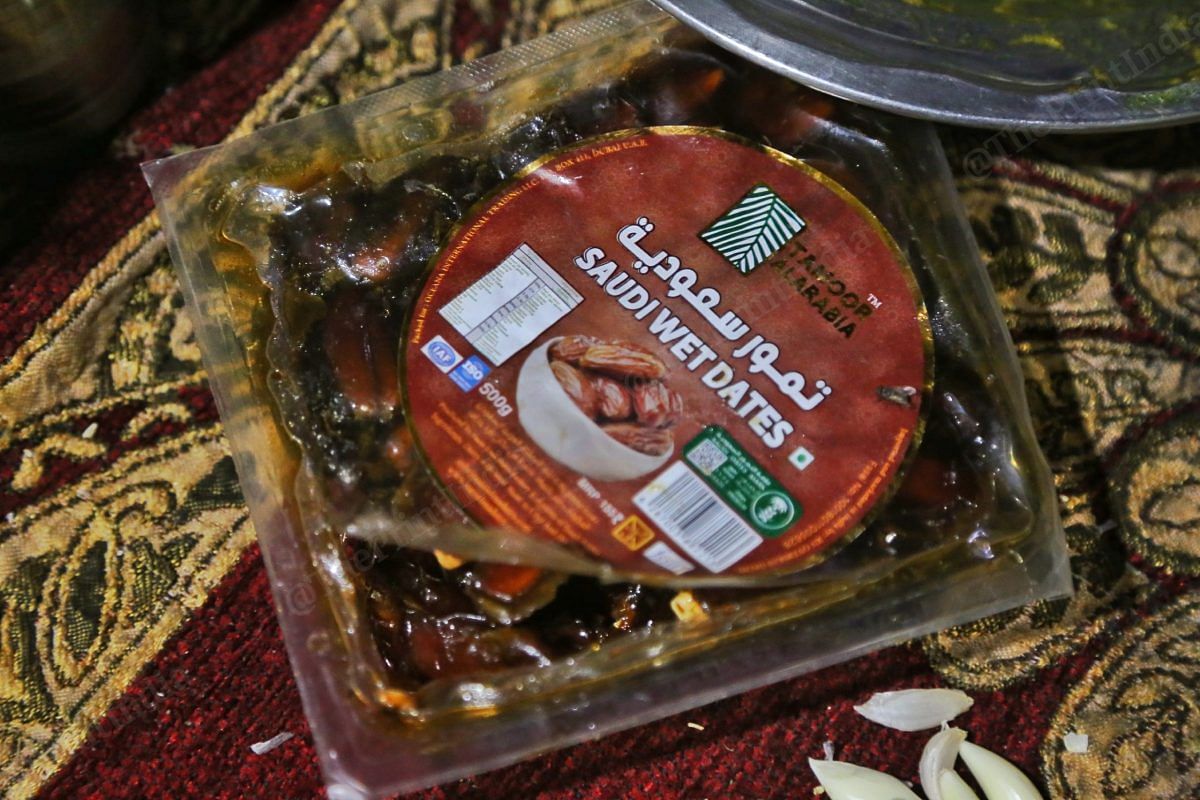




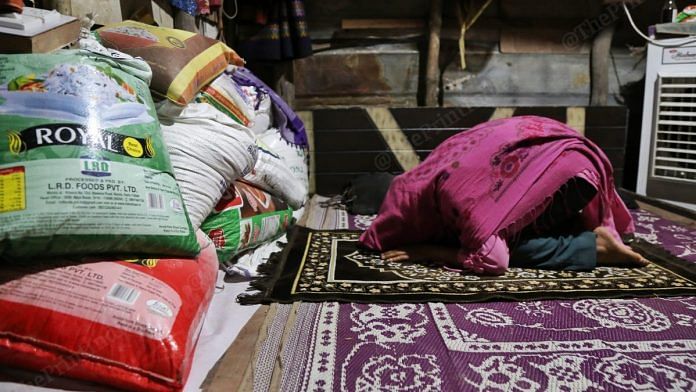



When lakhs of migrant workers have fled their cities during lockdown, the Rohingiyas are still comfortably living in their camps in Delhi.
They r just human beings . Very glad to see that people of Bharat are looking after them.
Why is Print bothered about Rohingyas, who is funding you to have this artivles for a radical terrorist community who went against burmese buddhists? I guess Prashant Bhushan?
Rohingyas need to be kicked out of India. They are not supposed to live here.
How come these people entered into India. Where are the security forces? This is a big security danger. All these illegal intruders should be identified and arrested. They are criminals. It is surprising to see, how are they maintaining such a good life style. All have expensive carpets, air conditioning system, house have bags full of eatables and wearing good clothes. India has become an inn for illegal intruders.
Exactly, Yogesh, I was wondering the same thing. How did these illegals even arrive in India in the first place? Can’t we shoot them or get rid of them? They are not supposed to be in India.
We need to patrol our borders with Bangladesh very tightly. Shoot anybody from Bangladesh if they try to enter India.
Coward. CORONA is dangerous to you .